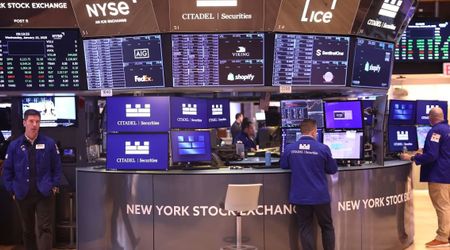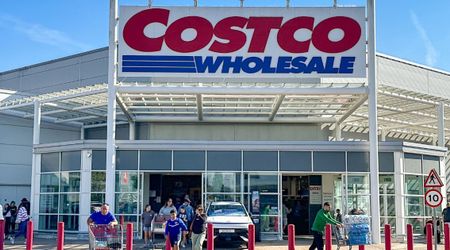Walmart Acquires Vizio For $2.3 Billion To Challenge Amazon In Advertising

Walmart is aiming to expand beyond everyday essentials like food and clothing and become a major force in media and advertising, like Amazon. Walmart recently announced it's acquiring TV manufacturer Vizio for $2.3 billion, per CNBC TV18. This move is intended to bolster its advertising section and pose a more serious challenge to Amazon's thriving ad business. Walmart currently offers ads both in its physical shops and online. Walmart's acquisition of Vizio gives it the option to sell adverts via television streaming services.

According to Andrew Lipsman, an independent media professional, this acquisition accelerates Walmart's entry into the world of streaming TV opportunities. It might also strengthen Walmart's position in the continuing competition for TV streaming services, particularly if they are looking to expand by acquiring a streaming platform.
Recent remarks by Roku, a streaming industry competitor, highlighted the growing trend of television marketers turning their focus to streaming commercials as more customers give up traditional cable services. Companies such as Roku and Amazon capitalize on this by providing advertising space on their streaming channels and home screens. They also permit license agreements for brands to appear on certain shows and allow applications and media channels to promote their content directly to viewers.
Revenue potential with Vizio advertising
Walmart sees a potential to generate revenue by allowing businesses to advertise on Vizio televisions. With over 18 million active accounts on Vizio's Smart TV operating system, SmartCast, this arrangement allows Walmart to display adverts on Vizio TVs and create exclusive entertainment options for Vizio TV owners. Neil Saunders, a retail analyst at GlobalData Retail, sees this move as a means for Walmart to boost its advertising status, making it more competitive against giants like Amazon.

Diversifying revenue streams
Walmart wants to expand its revenue streams beyond its traditional, low-margin retail sector. Walmart has been investing considerably in its digital infrastructure in recent years as groceries account for a significant amount of its sales and have low profit margins. Walmart is ready to give up short-term profits for long-term growth and hopes to offset its significant spending and increase profitability by focusing on higher-margin advertising revenue. According to Saunders, this action shows how the retail landscape is shifting at present.
Utilizing shopper data for targeted advertising
In recent years, Walmart has enticed advertising by using its massive shopper data. With 90% of Americans visiting Walmart each year and with its website and stores generating around 160 million people every week, Walmart has a plethora of consumer data. It promotes its capacity to use this data to successfully target advertisements across several platforms, both online and offline.

Rising competition in advertising
Walmart generated $3.4 billion in advertising revenue last year, which still accounts for less than 1% of its overall revenue. Other retailers like Kroger and Target are also gearing up and looking to enter the advertising space like Walmart. These businesses are following in the footsteps of Amazon which became the world's third-largest advertising corporation after Google and Facebook. Amazon's ad services sector has grown significantly, accounting for approximately 15% of total sales, showing advertising's potential as a profitable revenue stream in the retail landscape.
Walmart's positive performance and market impact
Walmart's statement came along with its report of strong sales and earnings in the most recent quarter, driving a 3% spike in its stock during pre-market trade on Tuesday. The corporation emphasized its achievements in increasing its market share in grocery and general products, especially among higher-income households. Digital salesstood out in particular as an encouraging indicator of its results. Walmart expressed optimism for 2024, predicting stronger performance.























